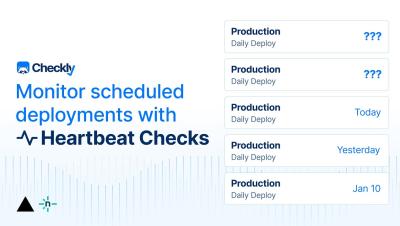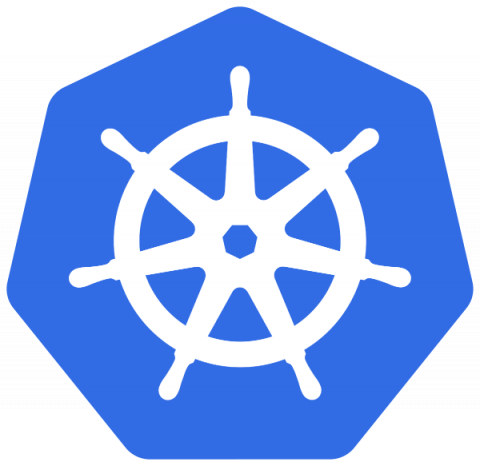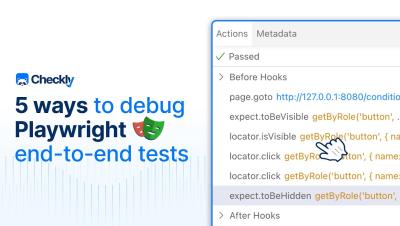Operations | Monitoring | ITSM | DevOps | Cloud
API
The latest News and Information on API Development, Management, Monitoring, and related technologies.
Monitor your scheduled Vercel / Netlify deployments
Building a Custom Read-only Global Role with the Rancher Kubernetes API
In 2.8, Rancher added a new field to the GlobalRoles resource (inheritedClusterRoles), which allows users to grant permissions on all downstream clusters. With the addition of this field, it is now possible to create a custom global role that grants user-configurable permissions on all current and future downstream clusters. This post will outline how to create this role using the new Rancher Kubernetes API, which is currently the best-supported method to use this new feature.
Improving API error responses with the Result pattern
In the expanding world of APIs, meaningful error responses can be just as important as well-structured success responses. In this post, I'll take you through some of the different options for creating responses that I've encountered during my time working at Raygun. We'll go over the pros and cons of some common options, and end with what I consider to be one of the best choices when it comes to API design, the Result Pattern. This pattern can lead to an API that will cleanly handle error states and easily allow for consistent future endpoint development.
Announcing the Rancher Kubernetes API
It is our pleasure to introduce the first officially supported API with Rancher v2.8: the Rancher Kubernetes API, or RK-API for short. Since the introduction of Rancher v2.0, a publicly supported API has been one of our most requested features. The Rancher APIs, which you may recognize as v3 (Norman) or v1 (Steve), have never been officially supported and can only be automated using our Terraform Provider.
Browser Synthetic Monitoring: What is it, Types and Use Cases
Synthetic monitoring is a proactive approach that actively tests websites or apps, either scheduled or on demand, using automated testing scripts, ensuring that any issues are identified and resolved before they impact real users. This approach provides continuous oversight of the online presence, akin to having a vigilant eye on the website 24/7. In this article, we’re discussing synthetic monitoring, putting the accent on using browsers.
Speedscale vs. LocalStack for Realistic Mocks
How to debug Playwright end-to-end tests
Using the AWS API Dataset Provider in Cribl Search to Build Dashboards
This blog post discusses utilizing Cribl Search to pull and visualize data from the AWS API without ingesting data. This will allow you to collect, analyze, and visualize data from your AWS account in real time without ingesting the data first.










